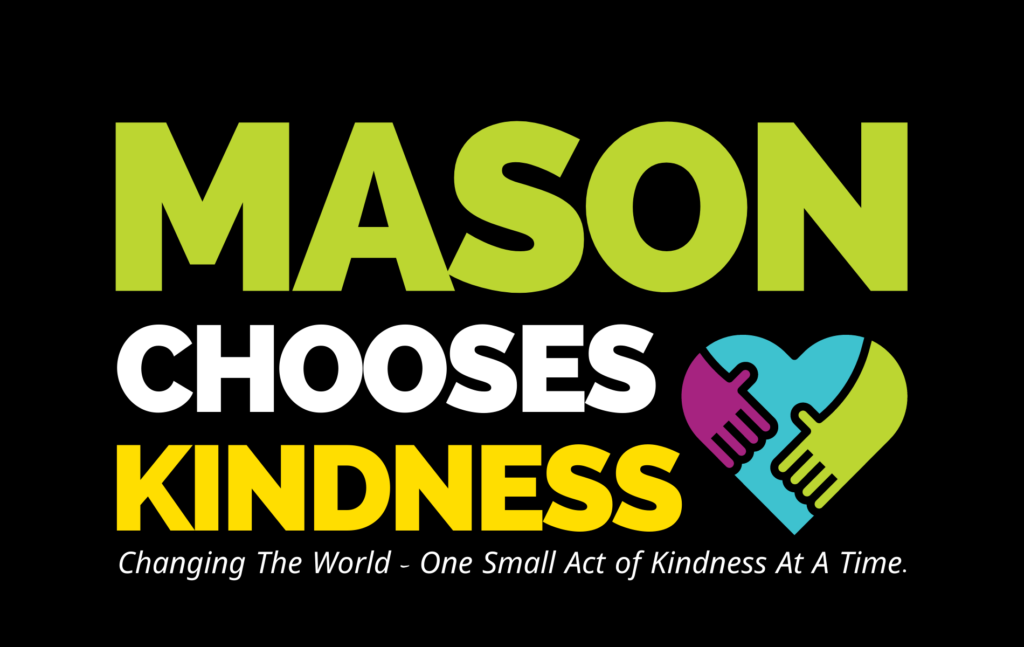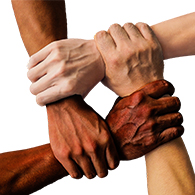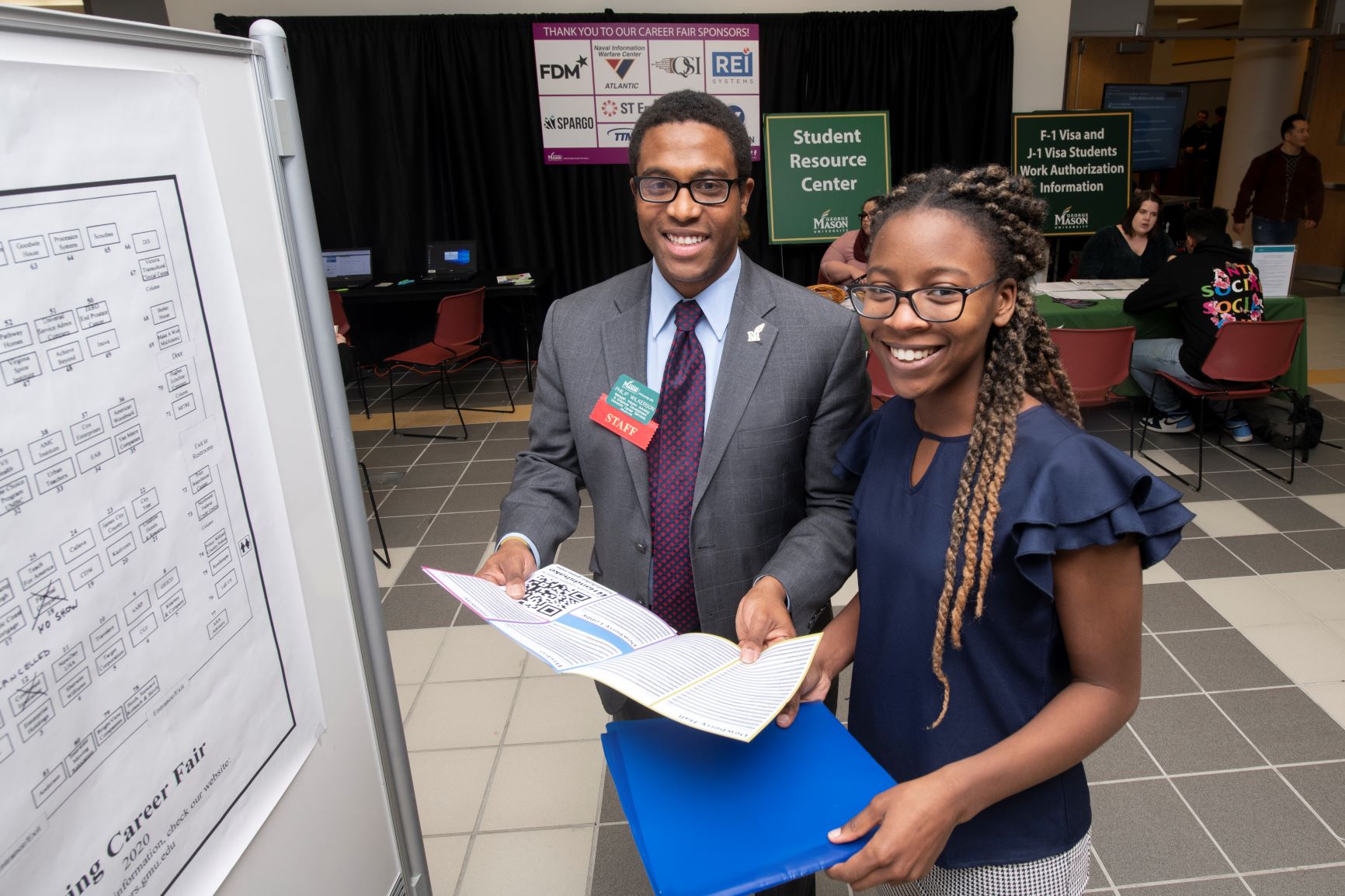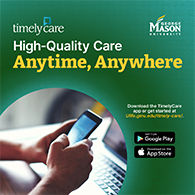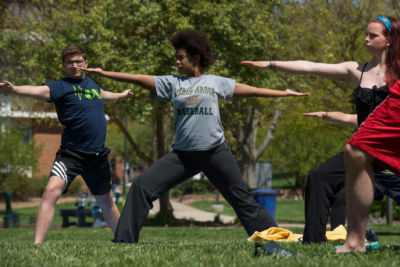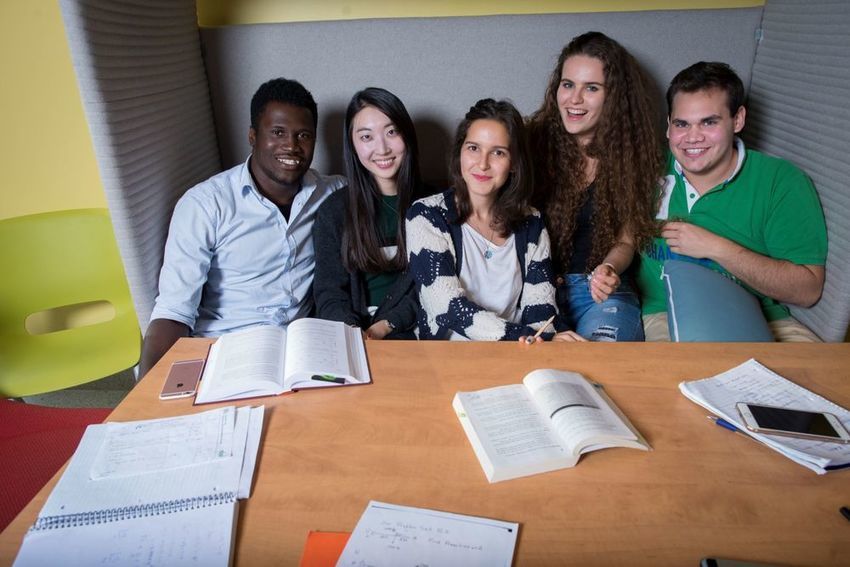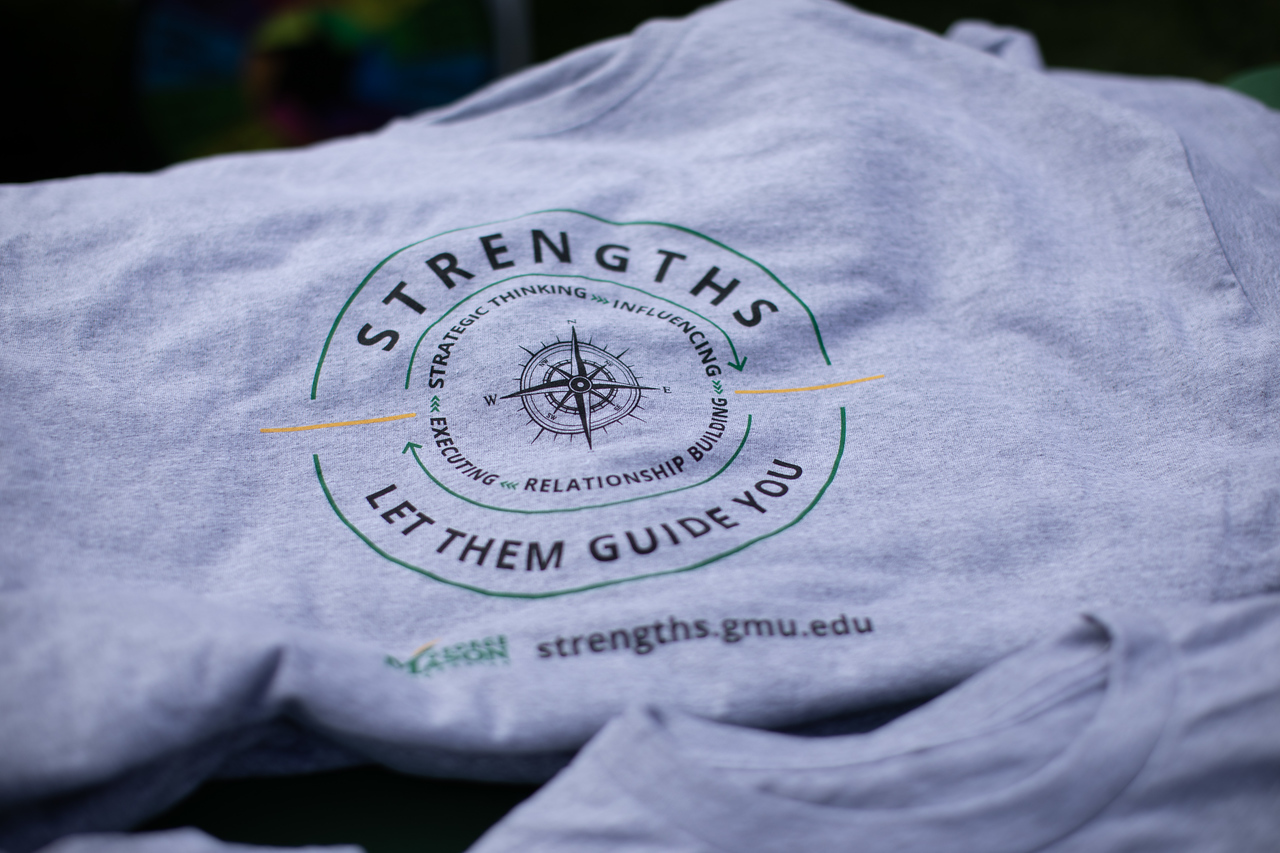by Laura Dallman, graduate student, College of Education and Human Development
“Kindness in words creates confidence. Kindness in thought creates profoundness. Kindness in giving creates love.” – Lao Tzu
Where does kindness belong in the college classroom? We come to a university to learn new information and ideas, to acquire skills and expand perspectives. We learn stuff. We learn to do stuff. But kindness? What does kindness have to do with teaching and learning?
Performing random acts of kindness (ROK) is a familiar way to think of kindness – doing something for someone “just because”. A random act of kindness is unsolicited and unearned. It may be bestowed on a stranger and is free of ulterior motives. Despite its randomness, however, it changes both the immediate and longer term well-being of the kindness recipient as well as giver.
Although ROKs would likely be welcomed in a classroom, there is a less obvious, but more consequential, way that instructors, advisors, and students can demonstrate kindness at university. They can adopt a deliberate perspective of kindness. They can purposely and generously consider each other with an empathic lens – a willingness to consider another’s point of view, to see each other in terms of strengths rather than deficiencies, and to look for potential instead of failings.
How we understand ourselves in and outside the classroom is, in part, formed by how others see us. What we do influences how others see themselves, see the world, and see themselves in the world. We vitalize or vandalize each other with a look, an expression, a word, an act. This is an enormous social responsibility. To ignore or overlook another is invalidating, to see only shortcomings is to reap failure, but to deliberately see another’s goodness, possibility, and strength is kindness. Using a deliberate perspective of kindness cultivates a healthy, positive, confident other and facilitates a next step forward in learning and development.
A deliberate perspective of kindness is not to be confused with a blind insistence that everything is always positive – always rainbows and stardust. The gift of kindness is to see someone for the totality of who they are, including shortcomings, but to not condemn them to past inadequacies. A deliberate perspective of kindness sees others with a generous, accepting openness that allows them to flourish – a perspective that cultivates and nourishes potential instead of validating and reinforcing flaws.
Classroom kindness has multiple benefits. For teaching and learning, it enhances student meaning-making, engagement and productivity. Beyond the classroom, participants in strength-based classrooms are happier, less depressed, and have greater life satisfaction than students in classes who did not use this positive focus.
How to Develop a Deliberate Perspective on Kindness
Here are two suggestions. First, you must deliberately consider others. You must get to know them and look for what’s best in each of them. To see each class member purposely and kindly, you might begin a semester with “getting to know” exercises that ask for the usual “name, major, goals”, but also ask each class member – including instructors – to cite something – anything – that they are good at. Then allow enough time in each class for everyone to share about themselves. Take notes. Not only does this allow you to understand class members more fully, but as importantly, it allows others to feel seen.
Second, once seen, set an intention to treat each other with a generosity of spirit and good will. In your own heart and mind, you might practice a brief loving-kindness meditation before each class period. A loving-kindness meditation can include any positive wish for another’s or your own well-being, but here is one example. You might say: “May I/my classmates/my students/my professor be inspired. May they be informed. May they be confident, and may they be at ease.” Then let your kind perspective be the pathway that encourages others to grow and learn.
So, consider others with kindness. Look for strengths, then lend them the transformative strength of your vision of them – and don’t make it random.
Additional Resources
Learn how our well-being university is putting kindness into action at the Mason Chooses Kindness website.
Biber, D. (2020). Social Emotional Learning for a College Classroom. College Teaching, 68(1), 49-52.
Lopez, S. J., & Louis, M. C. (2009). The Principles of Strengths-based Education. Journal of College and Character, 10(4).
Meyers, S. A. (2008). Working Alliances in College Classrooms. Teaching of Psychology, 35(1), 29-32.
Schutte, N. S., & Malouff, J. M. (2019). The Impact of Signature Character Strengths Interventions: A Meta-analysis. Journal of Happiness Studies, 20(4), 1179-1196.
Shields, C., & Reid-Patton, V. (2009). A Curriculum of Kindness:(Re) Creating and Nurturing Heart and Mind through Teaching and Learning. Brock Education: A Journal of Educational Research and Practice, 18(2)
Zaki, J. (2019). The War for Kindness: Building Empathy in a Fractured World. Crown.
Write one of these Thriving Together Series features! We’re looking for contributions on all topics related to well-being. Read other Thriving Together Series articles here and contact us at [email protected] for guidelines. Thank you for helping our Mason community thrive together online!

